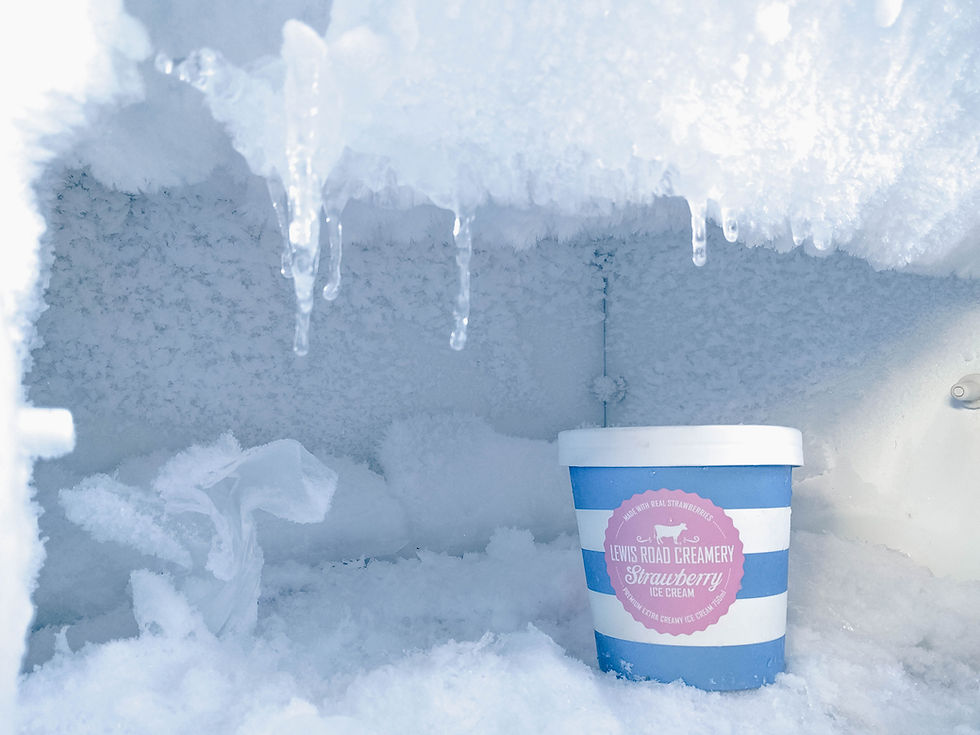ㅤ

This is placeholder text. To connect this element to content from your collection, select the element and click Connect to Data.
Freezer
Typically, when you think of freezers you think of a place to store frozen foods like ice cream. The freezer keeps them cold and frozen and also helps to prevent their decay from bacteria. However, freezers are also a vital piece of laboratory equipment that work 24 hours a day, 7 days a week. They store an array of things ranging from tissue samples, reagents, kits, chemicals, and various laboratory materials that require a cold environment to reduce the risk of sample damage.
Freezers in a lab setting work in exactly the same way as freezers in a domestic setting: they operate via a cooling unit that relies on vapor compression of a refrigerant such as hydrofluorocarbons. We have 2 different types of freezers in the laboratory. A general purpose freezer like those commonly found in households - which generally runs between -15 and -20 degrees Celsius; and ultra-low temperature freezers which run between -50 and -80 degrees Celsius. Ultra-low temperature freezers require substantially more energy to run than conventional freezers and are generally reserved for long-term cryopreservation of more fragile products: for example biological samples like DNA, RNA, serum samples, proteins, and cell extracts. Anything that requires even colder temperatures than these freezers can provide gets stored in tanks of liquid nitrogen instead of in a freezer.